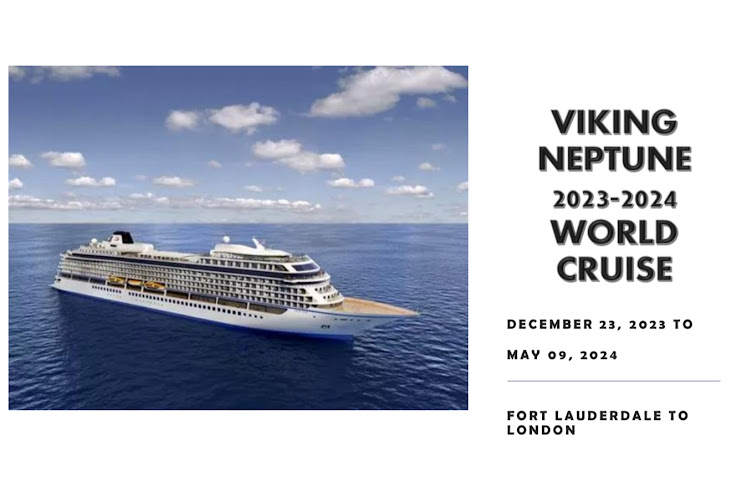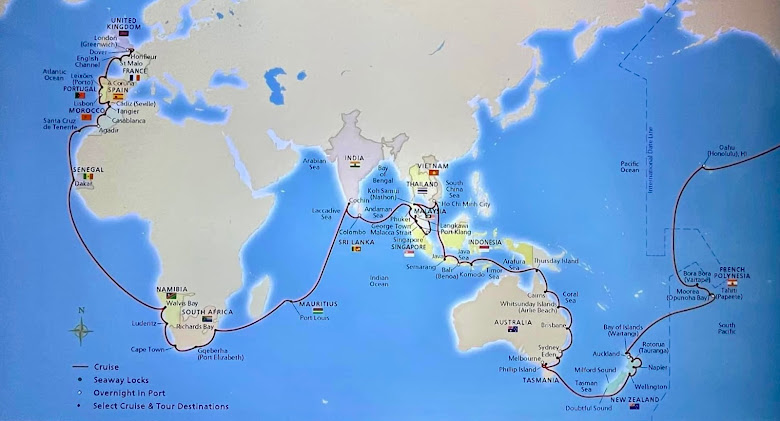Everyone was excited to see land again. The fifth sea day was quite rough and it was such a pleasure not to be rocking around. Waitangi is located on the extreme northern tip of New Zealand. So why is this little seaside village so important?
The treaty of Waitangi, sometimes referred to as TE TIRIT is a document of central importance to the history of New Zealand, its constitution, and its national mythos. It has played a major role in the treatment of the Māori people in New Zealand by successive governments in the wider population, something that has been especially prominent from the late 20th century. The treaty was signed on February 6, 1840 by representatives of the British Crown and various Maori chiefs from the north island of New Zealand.
This is the fourth time we’ve been here, maybe even five or six times can’t even remember, and we had a perfect day. Sunshine and 80° what could be better. Since I had been here so many times, I elected to stay on the ship, and get a massage and do some knitting. Michael, who always has ants in his pants, couldn’t wait to get off the ship and took the tour one more time since it was such a beautiful day.
We spent a few hours in the pool in the afternoon, had dinner, and went to the show tonight, which featured an outstanding violinist, who put on a great show.
 |
| Grounds of the mission house |
 |
| The mission house — the oldest house in New Zealand |
 |
| The mission house |
 |
| The pier at Waitangi |
 |
| A waterfall was one of the stops |
Now you’re not going to believe this, but one of the stops on the tour today was the public restrooms. Why would anybody stop for a visit other than to use it? These toilets are known as Kawakawa Public toilets, a main attraction that is quirky and colorful public toilets designed by Austrian artist, Friedensreich Hundertwasser. He decided to make the country his second home and bought property and created this attraction in 1998.
 |
| Entrance |
 |
| Ladies room |
 |
| Men’s room |
 |
| View from our veranda |
 |
| Roy Theaker, the violinist |











